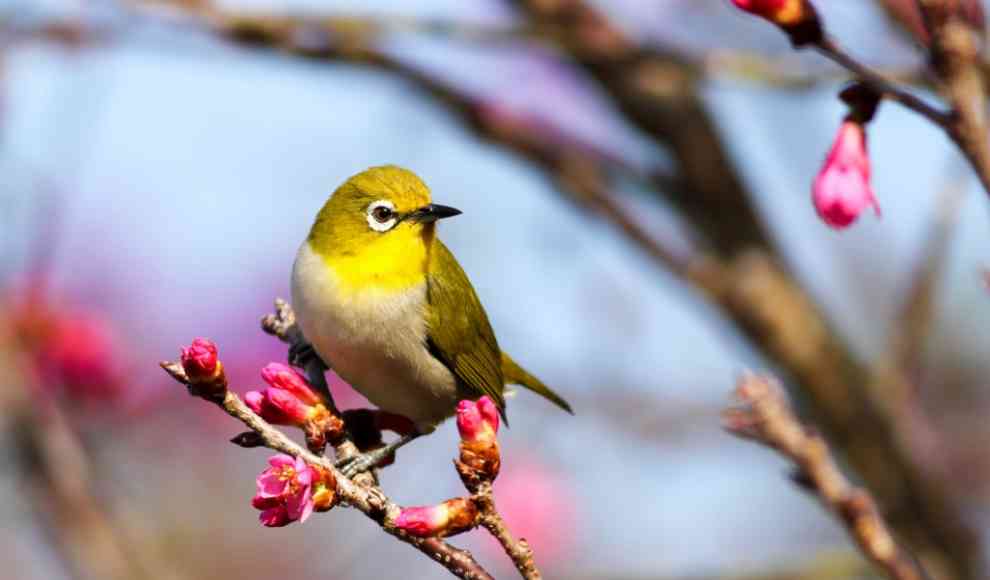Birds are known to feed on insects and nectar, with the hummingbird being the most famous example. This bird has a unique ability to taste sweetness, allowing it to quickly locate nectar-rich flowers. A research team from Japan has now investigated other birds for similar abilities, shedding new light on the evolution of birds and their common ancestors. The study found that sweet taste receptors in birds evolved around 30 million years ago, and that all birds belonging to the suborder Passeri, including the common raven and canary, still possess these receptors.
In the animal kingdom, taste plays a crucial role in determining whether food is edible or poisonous. While bitter taste receptors are well-developed in many animals, including birds, sweet taste receptors have not been found in carnivorous animals. However, the hummingbird’s ability to taste sweetness suggests that sweet taste receptors may have evolved in some birds. Until recently, it was believed that birds could not taste sweetness, except for the hummingbird. However, a study by a research team from Japan found that other birds, including the honeyeater and canary, also have sweet taste receptors.
The research team analyzed the taste buds of various bird species and found that the mutation of sweet taste receptors occurred around 30 million years ago, when the ancestors of Passeri birds lived in Australia. The team also compared the structure of the receptors in Passeri birds with those in hummingbirds and found that while the two groups had similar taste receptors, the evolution of these receptors occurred at different times and places. This is an excellent example of convergent evolution, where unrelated species evolve similar traits due to similar environmental pressures. The study sheds new light on the evolution of birds and their common ancestors, and highlights the importance of taste in the animal kingdom.










